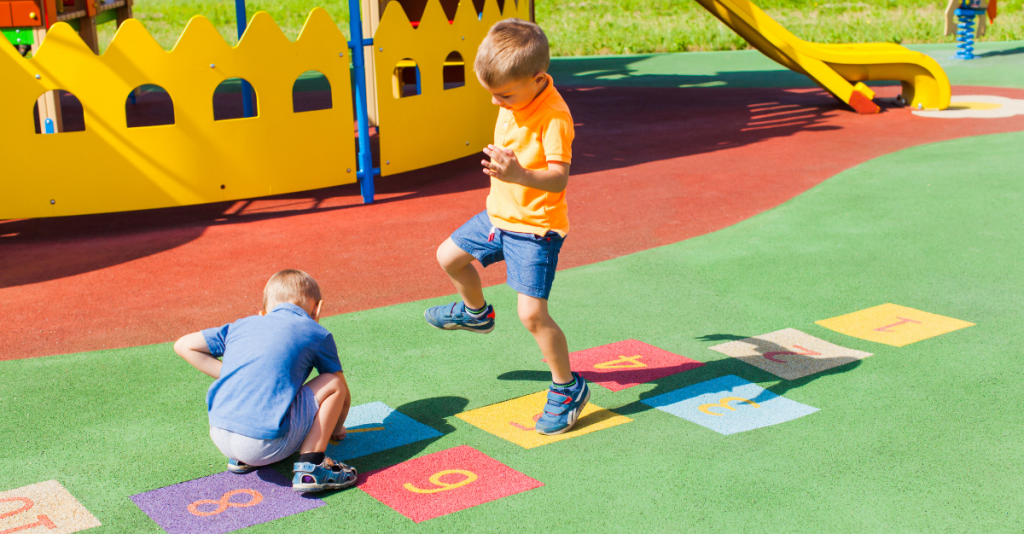
21 Dec Parenting in the Digital Age: Navigating Screen Time and Online Learning

In the fast-paced digital age, parenting has evolved to encompass new challenges and opportunities presented by technology. For parents of lower primary students, managing screen time and navigating online learning can be complex. Striking the right balance between harnessing the benefits of technology and ensuring a healthy offline life is crucial. This guide explores parenting tips for effectively managing screen time and optimising online learning experiences for lower primary students in the digital age.
1. Set Clear Screen Time Limits
Establishing clear and reasonable screen time limits is essential for maintaining a healthy balance between digital and offline activities. Work with your child to define specific time slots for screen-based activities, considering factors such as school requirements, leisure, and other responsibilities.
2. Create a Screen-Free Zone

It’s a good idea to designate specific areas in your home where screens are not allowed. These areas could be where you eat or where you spend time with your family. By creating these zones, you encourage more face-to-face interaction and help children develop healthy relationships with technology.
3. Monitor Content and Apps
Actively monitor the content your child engages with online. Be aware of the apps, websites, and games they access, ensuring they align with age-appropriate and educational standards. Familiarise yourself with parental control features to regulate and restrict content when necessary.
4. Encourage Balanced Activities
Promote a well-rounded lifestyle by encouraging a variety of activities beyond screen time. Engage your child in physical activities, outdoor play, reading, and creative pursuits. Balancing screen time with diverse activities contributes to overall development and reduces the risk of sedentary behaviour.
5. Co-View and Co-Play
As your child engages in screen-based activities, try to join them by watching or playing together. This approach lets you keep a close eye on the content and opens up opportunities for shared experiences. Importantly, initiating conversations about what your child is watching or playing has the powerful effect of promoting open communication and enhancing your bond.
6. Foster Digital Literacy
Actively engage in discussions about digital literacy with your child. Teach them about responsible online behaviour, the importance of privacy, and how to navigate online content safely. Empower your child with the skills to assess information critically and make informed online decisions.
7. Establish Consistent Routines
Establishing consistent routines helps children understand when to engage in screen time and when to focus on other activities. Consistent schedules provide structure and predictability, contributing to a healthier relationship with technology.
8. Set a Good Example
Children often model their behaviour after their parents. Demonstrate healthy screen habits by setting a positive example. Be mindful of your screen time and actively engage in non-screen activities to underscore the importance of a balanced lifestyle.
9. Communicate with Teachers
Maintain open communication with your child’s teachers regarding online learning activities. Understand the platforms used for virtual classes, assignments, and educational apps. Collaborate with teachers to seamlessly integrate online learning into your child’s daily routine
10. Create a Homework-Friendly Space
Designate a specific area in your home as a homework-friendly space. Ensure this space is conducive to focused learning and free from unnecessary distractions. This dedicated workspace helps children associate screens with learning and concentration.
11. Establish Screen-Free Times
Designate specific times of the day as screen-free, allowing for uninterrupted family time or quiet activities. Screen-free times promote mindfulness, reduce overstimulation, and create opportunities for meaningful connections within the family.
12. Encourage Outdoor Play

Outdoor play is crucial for physical and mental well-being. Encourage your child to engage in outdoor activities and sports or explore nature. Outdoor play complements screen time by promoting physical fitness, social interaction, and a connection to the natural world.
13. Monitor Online Interactions
Be aware of your child’s online interactions, especially if they engage in social media or virtual communities. Educate them about responsible online behaviour, the importance of kindness, and how to handle any uncomfortable situations they may encounter.
14. Stay Informed about Digital Trends
Stay informed about digital trends, emerging technologies, and popular online platforms. This knowledge allows you to guide your child effectively and stay proactive in addressing any challenges in the digital landscape.
15. Be Flexible and Adaptive
Recognize that the digital landscape is continually evolving. Be flexible and adaptive in your approach to screen time and online learning. Regularly reassess your family’s screen time rules, considering your child’s developmental stage and changing technological landscape.
CONCLUSION

In conclusion, parenting in the digital age requires a proactive and balanced approach. You can create a healthy and positive relationship with technology by setting clear boundaries, fostering digital literacy, and actively engaging in your child’s online experiences. These parenting tips aim to guide you in navigating the challenges and opportunities presented by the digital age, ensuring that your lower primary student thrives online and offline.


